Happy New Year! I’m excited to kick off a brand new monthly blog series focusing on videos to use in speech therapy sessions. Here are five videos to use in speech therapy in January.
Why videos? There are many reasons! Perhaps the most important one is that students usually love them—and when students are interested in a resource, it enhances their learning. Videos are also accessible, easy to share with caregivers and teachers, and great for mixed groups, and they can be used for teletherapy as well as in-person sessions.
This blog series will highlight seasonally relevant videos for a variety of age groups, and provide low-prep ideas for using the videos to target common speech and language goal areas.
A quick reminder: I’ve watched all of these videos and found them to be worthwhile, but your needs may be different, so please preview any video before sharing it with students.
On with the show!
Length: 4 minutes
Ages: Preschool–8th grade
This video from Coach Corey Martin’s energetic YouTube channel is great for when it’s stormy outside and students are antsy inside. It features a high speed chase through a snowy forest, and students can run in place as they face obstacles, throw snowballs, ride a reindeer, and most importantly, avoid the Yeti!
Although it’s categorized as a brain break, this video facilitates plenty of learning. Here are some ideas to try:
- Following directions and imitating: For students who are just beginning to learn about actions, this video offers opportunities to follow along and try the movements out for themselves.
- Narrative: Using the simple chase structure of this video as a starting point, students could expand it into a full story, adding characters and a beginning, middle, and end.
- Vocabulary: The narration in this video is minimal but powerful, with words like “dodge,” “obstacles,” “claim,” and “battle.”
- Wh-questions: There’s a trivia break in the middle of the video, and it would be a great place to pause and ask some additional questions.
- Yetis: This video could be paired with any number of Yeti-themed games and/or books, like Yeti in My Spaghetti, Yeti Snowbrawl, and Mo in the Snow. Older students could research Yetis and other cryptids, and debate whether or not they really exist.
Length: 3 minutes
Ages: 9th–12th grade
The PBS-affiliated YouTube channel BrainCraft is the brainchild of science communicator Vanessa Hill, and this video is one of its many offerings related to mental health, neuroscience, and personal development. It explains complex concepts in a straightforward way, but it’s still challenging—an excellent option for science-loving high school students.
Here are a few of the many skills and activities you could explore with this short video:
- Compare and contrast: The video opens with a look at the creativity of nematodes (tiny worms), inviting students to consider how nematodes and humans are both alike and different.
- Extension: January is Creativity Month, and this video is a great way to celebrate! If you’re looking for additional ways to highlight creativity, Education World has five thought-provoking ideas.
- Personal narrative: Students could share examples of creative moments from their own lives.
- Retell: After viewing and discussing the video, students could explain the neuroscience of creativity in their ow n words.
- Vocabulary: This video is rich with Tier II vocabulary words, including “environment,” “curiosity,” “novelty,” “innovate,” “create,” “unique,” “restless,” “sense,” “react,” “perform,” “vital,” “surplus,” “generate,” “random,” “spontaneous,” “cooperation,” and “random.”
Length: 8 minutes
Ages: K–12th grade
The fantastic Mystery Science Youtube channel has 200+ science-focused videos that answer pressing questions like “Do wild animals ever dress up in costumes?” (yes), “Could you build a real house out of cookies and candy?” (sort of), and “Do sharks really want to eat people?” (no). The questions are submitted by students from all over the world, and each one is answered by an enthusiastic expert.
This particular video focuses on the history of LEGO® bricks, and the timing is perfect, because January 28th is International LEGO® Day, commemorating the anniversary of the classic toy’s original patent submission.
There are many possible ways to build speech therapy sessions around this video, including:
- Articulation: Discussing this video offers lots of opportunities to use initial /l/!
- Extension: LEGO® Education has lesson plans for preschool through middle school. Most of the activities require access to specific LEGO® products, so if you don’t have them, just use the advice from the video’s conclusion, and challenge students to build using their imaginations and whatever (adult-approved) materials they can find. Also, keep an eye out for the Digital SLP’s January 28th Instagram post with more LEGO® facts and ideas!
- How and why questions: This video provides a clear distinction between the meaning of “how” versus “why,” making it a great teaching tool for students who struggle with these concepts or are just beginning to learn them.
- Problem solving: As this video explains, LEGO® bricks were invented to solve a problem: creations made from wooden blocks were too easily destroyed! Early in the video, the featured expert invites viewers to pause and discuss how they would solve this problem.
- Sequencing: Students could describe the different steps in the process of LEGO®’s invention.
- Bonus extension: Curious students (and students with goals related to asking questions) may want to submit their own questions to Mystery Science!
Length: 9 minutes
Ages: Preschool–2nd grade
When working with very young children, it can be tricky to know how to approach vital yet challenging topics like the life of Dr. Martin Luther King, Jr.—but Sesame Street is here to help!
This gentle video shares essential facts about Dr. King’s work, and even includes a short clip of his “I have a dream” speech. At nine minutes, the full video is on the long side, but there’s a natural pause point at the 3:00 mark if you are tight on time.
Here are some suggestions for how to use this meaningful video with your students:
- Extension: Students could build their own scaled-down peace trees, or read My Daddy, Dr. Martin Luther King, Jr., which is referenced in the video.
- Personal narrative: When Elmo has a tough time deciding what to draw for his “peace tree promise,” trusted adult Alan prompts him to “Think about something you already do to help people, that you can keep doing every day.” Students could share their own stories of helping others.
- Social-emotional learning: This video uses developmentally appropriate language to introduce a variety of emotion-focused concepts, including courage, fairness, and kindness. Students could describe examples of each concept, and discuss ways to foster these qualities in their own lives.
- Vocabulary: Very young students may not be familiar with the word “dream” as Dr. King uses it in his speech. After discussing the meaning of the word, students could make and share short speeches about their own dreams.
- Wh-questions: There are ample opportunities throughout the video to pause and ask students comprehension questions.
Length: 3 minutes
Ages: 2nd–8th grade
The San Diego Zoo Kids YouTube channel is no longer releasing new content, but it’s still home to over 200 adorable animal videos, and this brief introduction to South African penguins is one of them!
Although cuteness is undoubtedly the main attraction here, students will also get an understanding of penguin habitats, social preferences, and parenting strategies.
Here are some speech and language skills to work on with this video:
- Extension: Penguin Awareness Day is January 20th, and students may be interested in learning more about why South African Penguins are endangered. They could also check out the excellent penguin resources from the Monterey Bay Aquarium and the California Academy of Sciences—which has a live penguin cam!
- Perspective taking: There’s a dramatic moment in the video as a penguin travels to shore through waves and rocks. You could pause at 1:10 and ask students what the penguin might be thinking.
- Sequencing: Students could outline the steps in preparing for the arrival of a penguin chick.
- Vocabulary: There are plenty of Tier II and III vocabulary words in this video, including “picturesque,” “habitat,” “boulder,” “breathtaking,” “ancient,” “foundation,” “challenge,” “colony,” “drama,” “solitude,” and “molting.”
- Would you rather: Students may be surprised to learn that some penguins live in warm locations! They could discuss whether they’d prefer to be a penguin in a cold or a warm habitat.
I hope you and your students have tons of fun with these ideas! If you love using videos in your speech sessions and want weekly recommendations and activity suggestions in your inbox, consider signing up for a Digital SLP membership! This is one of the many bonuses you receive when you become a paid subscriber. Click here to learn more.


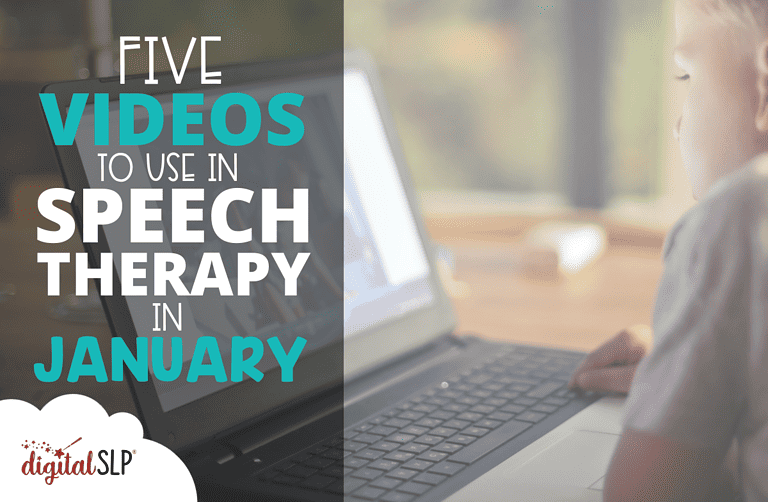



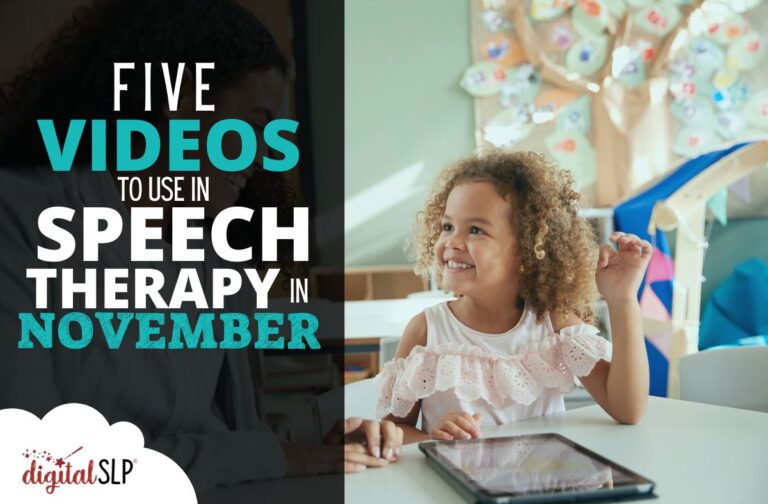
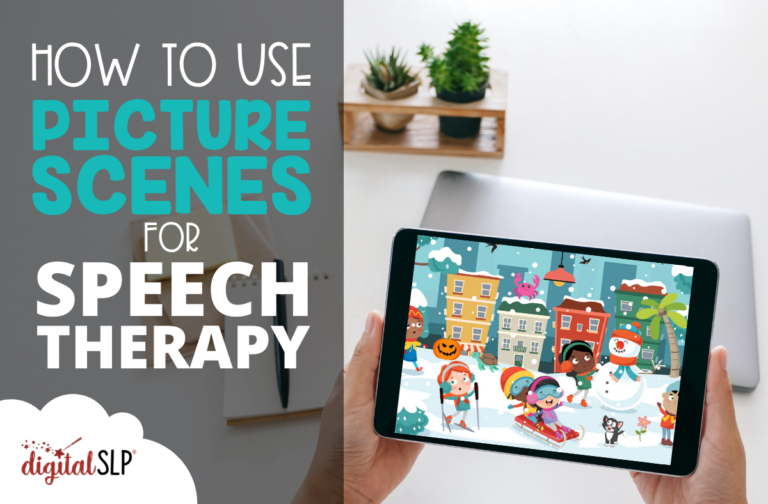
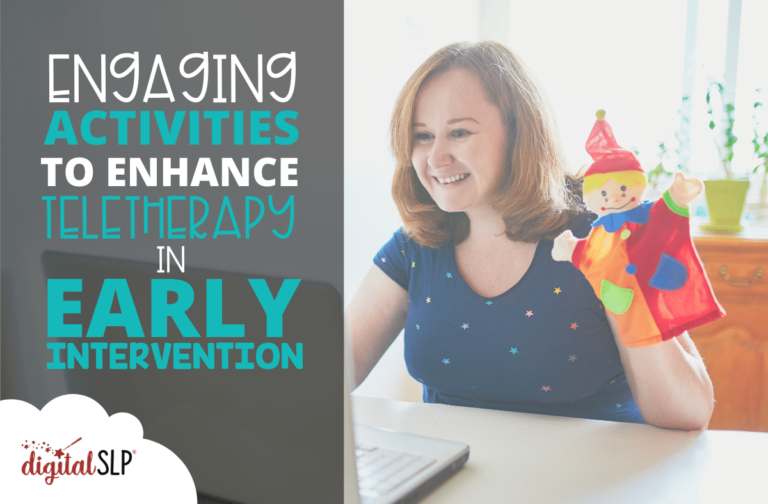
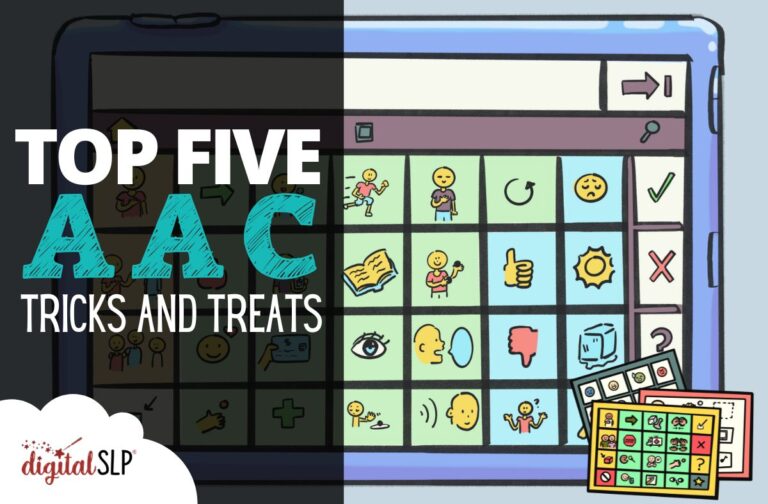
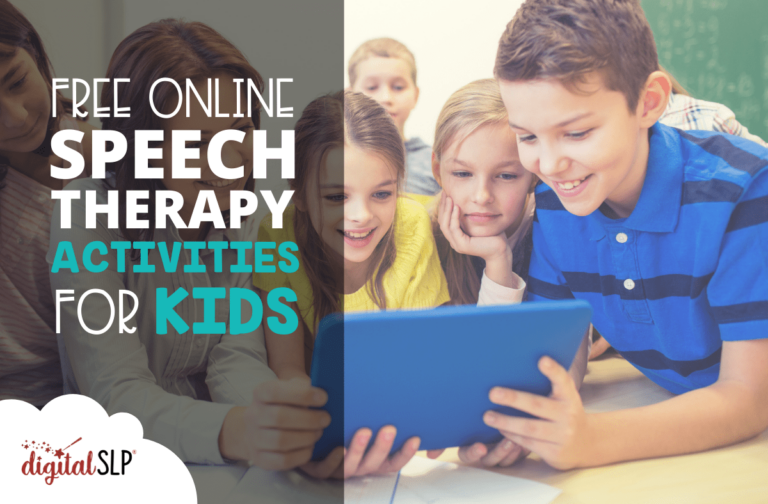


Recent Comments